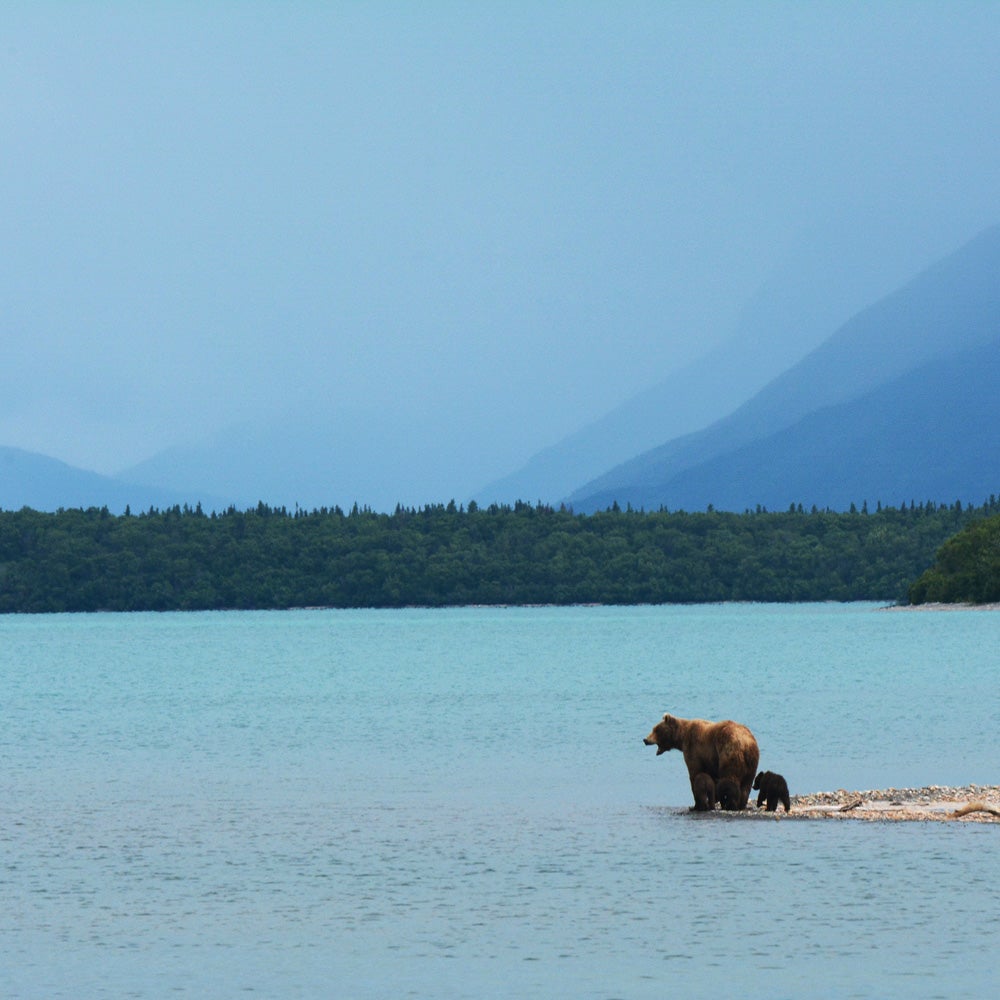In mid-November, the sun dipped below the horizon in the Alaskan city of Utqiagvik (formerly Barrow), and it won’t be back until January 23. This solar retreat marks the beginning of a long, dark season for the nation’s largest and most frigid state, but this year it took awhile for Alaska to get, well, frigid. Parts of the state endured record warmth throughout the fall, an all-too-familiar pattern of unusually toasty weather across North America.
We like to complain about wild weather here in the continental United States, but our faraway frontier has most of the other states beat. The Bering Sea and Gulf of Alaska churn out some of the strongest storms on earth. Fairbanks is the coldest major city in the country, regularly seeing temperatures as low as minus 40 degrees Fahrenheit.
Yet throughout Alaska, summer tried to hang on for as long as possible despite the increasingly low sun angles. The state experienced its warmest October on record, finishing an average of nine degrees above normal. Anchorage’s airport didn’t record a temperature below freezing until October 28—the latest first freeze ever recorded there and more than a month later than normal. Fairbanks, located in east-central Alaska, barely saw more than a dusting of snow that month, making it the second-lowest snowfall at that time in nearly a century. Juneau, the capital city, in Alaska’s southeastern panhandle, saw one of its driest autumns on record, too.
Warmer- and drier-than-normal weather over Alaska usually coincides with similar conditions on the West Coast. This year’s delayed start to California’s rainy season that allowed the Camp Fire to grow into one of the deadliest and most destructive wildfires in modern history. Going from one extreme to the other, some parts of the central and eastern United States saw record rainfall over the past couple of months, including in central Texas and even greater rain totals across the Carolinas as a result of Hurricane Florence.
We can’t ignore the role of climate change in the overall increase in temperatures across the continent. And few parts of the world have experienced more direct effects than the northern latitudes. Weather records collected by the NOAA and compiled by the database show that daily average temperatures recorded at the airports in Anchorage, Juneau, and Fairbanks have all risen by around two degrees since the mid-1900s. Four of the ten warmest high temperatures ever recorded in Anchorage have occurred in the past five years.
The ocean is feeling it, too. Recent observations show that water temperatures at the bottom of the Bering Sea have since the beginning of the decade. Farther north, the historic decline in both the extent and thickness of Arctic sea ice . In fact it is so dramatic that a cargo ship between Russia and Germany in September, a feat thought impossible just a decade ago.
While the sun’s steady march below the horizon will force Alaska into the depths of winter regardless of prevailing weather patterns, the offers decent odds that average temperatures across the state will likely remain well above normal through the season.


